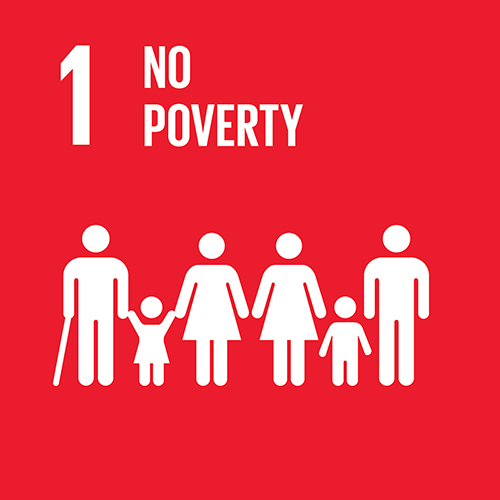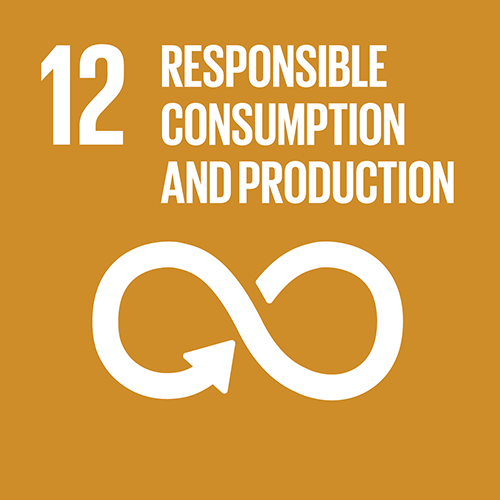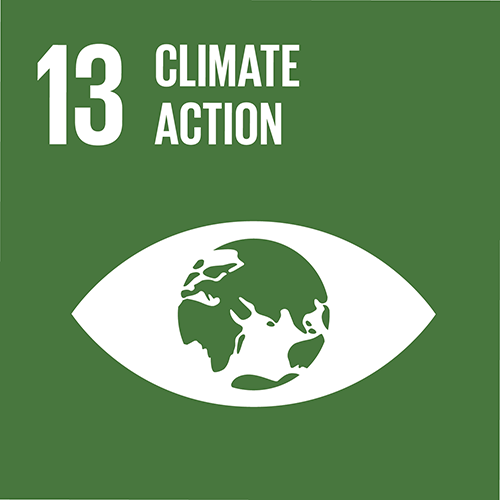Community Reforestation in Nicaragua
Project type: Land Use and Forestry
Project location: San Juan de Limay and Somoto, Nicaragua
Project status: In operation, credits available
Carbon credits issued of the planting year 2024: 362,875 tCO2e (which will be sequestered during 50 years)
The CommuniTree Programme is a community-led reforestation initiative that helps to restore ecosystems, improve livelihoods, and combat climate change. Having become a Plan Vivo certified project in 2010, it works with smallholder farmers in Nicaragua to grow trees alongside their existing farming practices. It has grown to become the largest reforestation initiative in the country, and is now restoring over 17,000 hectares of land in partnership with more than 4,000 smallholder families.
Through CommuniTree, smallholder farmers grow native species on degraded, underused areas of their land. Farmers must reserve sufficient land for their current subsistence farming practices, ensuring their forests provide additional livelihood benefits that can be passed on to future generations of their family. There is critical need for this in Nicaragua, which has suffered from significant deforestation in recent decades, largely from agriculturally based land-use change. At the same time, Nicaragua is the second-poorest country in the Western Hemisphere, with many of its population struggling to maintain secure livelihoods.
The trees improve the temperature of the farm and the planet as well. They also give us wood, shade, and better soil, helping stop erosion.
Land use planning around watersheds is a key supporting activity; the project started in a critical watershed that feeds into one of Nicaragua’s most important estuaries, the Estero Real, which suffers from seasonal water shortages and flooding. This estuary is home to one of the biggest extensions of mangroves and migratory birds in the region and has been recognized by the Ramsar Convention on Wetlands of International Importance. Increasing forest cover helps to regulate the hydrological cycle, retaining water through the dry season and minimizing flooding in the rainy season. This provides important water and biodiversity benefits on a local, national and international level.
We hope to create solidarity among communities, provide opportunities for families to earn extra income, act as a role model for others and build environmental awareness among subsistence farmers.
The project engages farmers over a 10-year period to help them grow trees in a way that is beneficial to them in both the short and long term. In the short term, they benefit through payments for ecosystem services (PES), and in the long term, through new sustainable sources of income, such as from the sale of sustainably grown timber. This addresses the drivers of forest degradation, positioning reforestation as an attractive land-use option for smallholder farmers. As a result, the project reduces forest degradation by easing pressure on surrounding natural forests, while simultaneously sequestering quantifiable volumes of CO₂ from the atmosphere and improving environmental and socio-economic conditions across participating communities.
The project contains 3 types of plantations: Mixed species plantations (multi-purposed tree plantations composed of fast-growing firewood species and longer-lived hardwood species), coffee agroforestry (shade-grown coffee and fruit trees) and silvopastoral planting (tree planting on areas use for cattle-breeding).
Project partner, implementation, verification auditing
For many years, myclimate has been working very closely with the project developer Taking Root in Canada and the local project implementation partner – the NGO APRODEIN - on this programme. The programme was sourced by myclimate directly on site in 2012 and subjected to an internal due diligence. myclimate had decided at that time to pay upfront payments, thus taking the financial risk.
The programme is registered with Plan Vivo, the most rigorous standard in LUF. Its Technical Advisory Team (TAC) reviews the PDD, validation report and annual reports. In concrete terms, it looks like this: APRODEIN's field technicians visit farmers with parcels enrolled in the programm in years 1, 3, 5, and 10 to monitor and ensure that the trees are healthy and growing. At those times, technicians also provide support to farmers to troubleshoot any challenges that they might be having. Taking Root’s platform quantifies and surfaces this forest and carbon reporting by combining the ground data taken by the field technicians with advanced geospatial and machine learning analytics. These numbers are reported in Taking Root’s annual reports, which are verified annually by Plan Vivo.
CommuniTree is independently verified by Plan Vivo annually and audited by an independent third party every five years. The last audit was released in 2024. This verification audit was conducted by Aster Global. You can access a copy of the audit report on the Plan Vivo website. Taking Root won an EcoIndex award for its monitoring and reporting. After completion of a site visit, interviews with Taking Root, APRODEIN, farmers, and other stakeholders, along with comprehensive documentation review; the audit findings confirm that CommuniTree complies with all eight themes outlined in Version 4 of the Plan Vivo Carbon Standard and all ex-ante removals issued between 2015 to 2021 have been verified and confirmed. Plan Vivo Certificates are subsequently issued and sold to donors and partners via myclimate. More informations see “Documentations”.
Controlling: How does myclimate guarantee that CO2 is stored?
Due to the inaccuracy of remote sensing in the early stages of forest growth, the program carries out statistically representative field measurements on randomly distributed sample plots, which account for about ten percent of the area of each plot.
In this project, as in all other afforestation projects that myclimate supports, the cooperation with smallholder families on many hundreds of different plots ensures that the risk of losing a lot of biomass due to a fire, for example, is massively reduced compared to a contiguous area.
Last but not least, a project always includes a buffer pool of 15 per cent that absorbs failures, which of course cannot be 100 per cent avoided. This, together with the conservative calculation, ensures that forest projects bring about sustainable climate protection in addition to the positive side effects mentioned above (sources of income, biodiversity).
This project contributes to 10 SDGs*
*as at the end of 2024. myclimate only finances a share of this project. The following figures relate to the impact of the entire project. Find out how myclimate reports these SDGs in our FAQ.
The following SDGs are verified by Plan Vivo:
USD 15,393,396 is being paid to 4613 farming families. An additional $27,245,807 is being held in trust for future payments.
26,842 capacity-building workshops held in 2024 to farming families and communities. Providing education on climate change, local environmental laws, and sustainable farming practices.
Working with 801 women farmers who traditionally face barriers to financing and resources.
Natural wood fallen from forest provide renewable source of energy for cooking.
Additional income is created thorugh selling firewood and high value woodcrafts from the smallholder forests.
419 seasonal jobs and 172 permanent positions created throughout the program, developing long term sustainable livelihoods and new income opportunities with farmers.
Additional revenues created from farmers’ forest products incentivize reforestation practices, ensuring ecosystems are maintained for the long term.
Over 4.6 million tons of CO2 are being sequestered over the lifetime of the project.
Over 27 million native trees planted with 140 different native tree species recorded, increasing forest cover and wildlife habitats by 17,288 ha. 6 national watersheds being restored, through enhancing forest cover, reducing runoff, and improving degraded soils.
These SDGs have been approved by myclimate:
6 critical watersheds have been restored since the start of the project.
Situation without project
Forest degradation, deforestationDocumentations
Project standard

Partner

Awards


Project number
7186


























